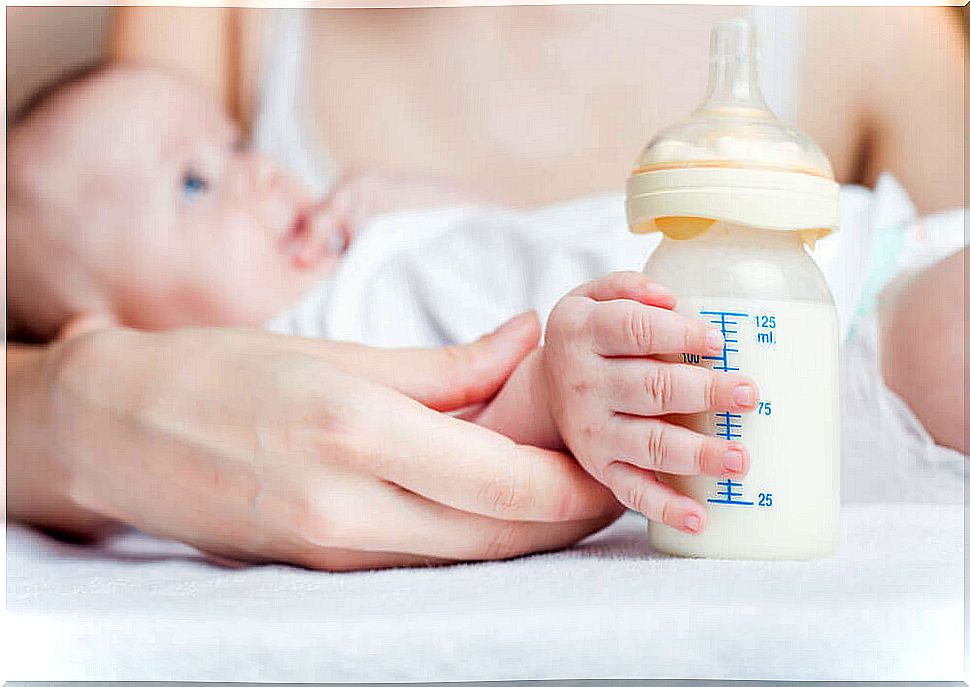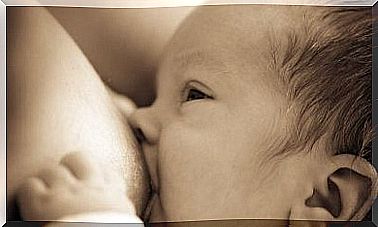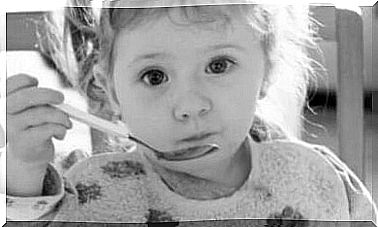Can A Woman Get Pregnant While Breastfeeding?

Many new mothers are wondering if it is possible to become pregnant while breastfeeding. The common belief is that this cannot happen due to the absence of menstruation, but many women who have relied on the claim have found themselves pregnant again.
The truth is that although this happens only very rarely, a woman can become pregnant during breastfeeding. Breastfeeding can be a form of contraception, but many factors must be met in order for it to be an effective way to prevent fertilization.
Next, we will tell you more about a woman’s fertility during breastfeeding.
What happens in a woman’s body during breastfeeding?
It has been shown that breast-feeding may delay the first postpartum period. However, this does not necessarily mean that menstruation does not begin when a woman is breastfeeding.
It has been estimated that in women who are not breastfeeding, the menstrual cycle returns to relatively normal 7-8 weeks after delivery. In breastfeeding mothers, the cycle is typically delayed for at least three months after delivery.

How, then, does breastfeeding affect a woman’s menstrual cycle? The hormones that regulate the menstrual cycle remain low after childbirth. The hormone prolactin goes hand in hand with breastfeeding as it is responsible for milk production. This same hormone prevents ovulation and thus the start of the menstrual cycle.
Without ovulation, fertilization does not occur either. Normally, a woman’s body returns slowly after pregnancy and childbirth. The menstrual cycle becomes more regular and thus the possibility of fertilization also increases. The process is complex and different for every woman.
Some women may start ovulating before menstruation begins without knowing it. In such a case, the risk of becoming pregnant during breastfeeding is high.
Breastfeeding as a method of contraception
A method of contraception based on breastfeeding is called lactational amenorrhea. When all criteria are met, this method inhibits ovulation with a 98% probability.
These criteria are as follows:
- It is less than 6 months after giving birth
- The mother’s menstruation has not begun
- Mother full of baby
The woman’s menstruation has therefore not yet begun, and less than half a year must have passed since the birth. In addition, the baby should only be fed breast milk around the clock and no other food should be given to the baby.The time between meals should not exceed four hours during the day and six hours at night. Pumping milk instead of breastfeeding also reduces the effectiveness of the method.
If these criteria are met, it is very unlikely that a woman will become pregnant while breastfeeding. However, if a single condition ceases to be fully met, the risk of an unwanted pregnancy increases significantly.

A woman may become pregnant during breastfeeding
Thus, although breastfeeding can be used as a method of contraception, many conditions must be met for the method to work effectively. Because a woman may become pregnant during breastfeeding, it is recommended that other methods of contraception be used if the couple does not want another child immediately.
A woman should talk to a gynecologist who can recommend the best options. The choice of contraceptive method depends on many factors, including the woman’s state of health and the time since childbirth.
Condoms are usually the best choice because they do not affect a woman’s hormones and do not interfere with a baby’s food intake. Minipills are a great option because they contain purely luteinizing hormone. Otherwise, they are very similar to normal birth control pills. They can be used during breastfeeding as they do not affect the baby’s milk intake.
One safe, effective and baby-friendly method of contraception is the copper coil. However, doctors do not recommend inserting the coil until six weeks after delivery.









